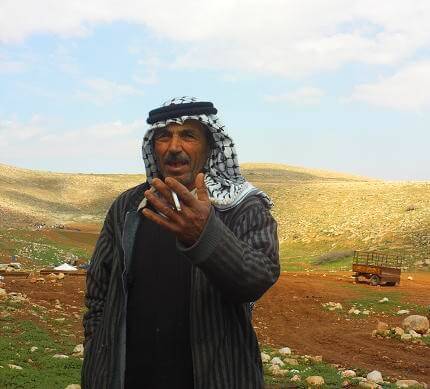Geography and population
 The Jordan Valley forms part of the Great Rift Valley. It lies between the continents of Europe, Asia and Africa. The Dead Sea, in the south of the Jordan Valley, is the lowest point on earth, at around 400 metres below sea level. The mountain ridge to the west running the length of the West Bank along with the entire valley lying below sea level creates a dramatic and diverse landscape. The Valley is the most fertile region in the Occupied Territories for agricultural production, and has always served as an important rural frontier to the other areas of the Occupied Territories.
The Jordan Valley forms part of the Great Rift Valley. It lies between the continents of Europe, Asia and Africa. The Dead Sea, in the south of the Jordan Valley, is the lowest point on earth, at around 400 metres below sea level. The mountain ridge to the west running the length of the West Bank along with the entire valley lying below sea level creates a dramatic and diverse landscape. The Valley is the most fertile region in the Occupied Territories for agricultural production, and has always served as an important rural frontier to the other areas of the Occupied Territories.
The Jordan Valley makes up almost 30% of the West Bank territory. It stretches over 2,400 sq KM, from the Dead Sea in the south to the village of Bisan in the north – the entire border between the West Bank and Jordan.
When Israel occupied the Jordan Valley in 1967, 320,000 people resided in the areai. Following the continued Israeli campaign of creeping ethnic cleansing, only 56,000ii Palestinians still reside in the Valley on a permanent basis today. Many others settle in the Valley on a seasonal basis, moving down to it to cultivate their lands and graze herds.
Climate
The Jordan Valley constitutes its own climatic region within the West Bank. Temperatures are a few degrees higher than other parts of the West Bank. In winter the average temperature is around 15°C, and in the summer it can reach into the low 40s.



